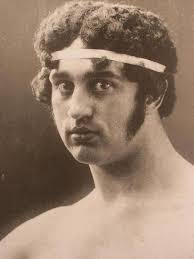
1881 - 1953
Ivan Myasoedov
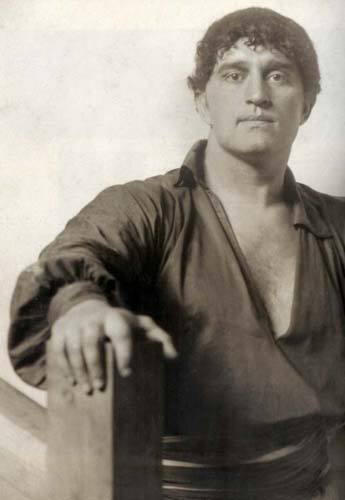
description
A Ukrainian artist, master of painting and graphics, author of large panels on themes of myths, portraitist, landscape painter and painter of everyday genre, illustrator.
He was born into the family of Grigory Grigorievich Myasoedov, а famous genre painter, one of the founders of the Wanderers movement and artist Ksenia Ivanova. Myasoedov married Ksenia when she was already pregnant with a child whom he did not accept for a long time. His godfather was certain Zotov – Ivan later used this name in emigration. Father, not allowing his wife to show maternal feelings and suggesting the boy that he was a foundling, gave the child to the family of his friend A. Kiselev, a talented Wanderer and landscape painter.
Ivan was the creator of the first postage stamps of the Principality of Liechtenstein, listed in all the catalogs. In Liechtenstein, in honor of the 100th anniversary of “Professor E. Zotov”, a series of stamps dedicated to him was issued; in 1992, the Art Society named after E. Zotov (I. Myasoedov) was created and bought from the artist’s heirs and collectors more than 3 thousand works of Myasoedov and built a modern museum for them.
He wrote the Manifesto of Nakedness, which was included in book “Nudity on the Stage”. The publication caused many protests of the zealots of morality, but the portrait of I. Myasoedov, placed in it, makes it possible to see the “antique” look of the author himself with tattooed eyelids (circus artist’s make-up). In those young years, the artist professionally took a great interest in photography and created series of photocompositions on mythological and historical themes, starring nude in the role of an ancient hero, Bacchus or Mercury.
In total, Ivan Grigorievich, the son of G. Myasoedov, the founder of the Wanderers, created more than 4 thousand paintings and graphic works.
Key ideas:
– In his early paintings, I. Myasoedov had a passion for ancient mythological themes, performing them in a manner close to the characteristic German art nouveau. As a supporter of the cult of antiquity, which dominated his alma mater (St. Petersburg Academy of Arts) in the early 20th century, he propagated the beauty of the naked body in every possible way.
– In the Pavlenki period (from 1912), the model for portraits and paintings becomes Malvina Vernici, an Italian dancer who became the wife and faithful friend of Myasoedov. Her exotic appearance was highly appreciated by her husband and a whole circle of young artists.
– In the late 20-ies in Berlin, Ivan Myasoedov painted dozens of nostalgic Ukrainian theme pictures, using the technique of Impressionists – a broad brushstroke, light colors, the general festiveness of the plot. Especially expressive is canvas “Tea Party in Pavlenki”, where the cozy world of the native manor is clearly idealized.
– A special place in the heritage of the master is taken by drawings for postage stamps of Liechtenstein, which became his second motherland for 15 years and knew him as Professor Zotov. The compositional skill of graphic Myasoedov, an ability to distinguish the central characters and harmoniously fit into the filigree-executed ornament was recognized in the Alpine principality. An example of the work of Zotov-engraver is the stamp with the image of stylized “Consolation Madonna” in a denomination of 10 francs (published in 1941). The historical series – 5 marks to the 600th anniversary of the disengagement of Liechtenstein and Switzerland was spectacular.
– In the 1940s, a series of so-called “historical nightmares” was added to the oldest modernist mythologies and symbolist allegories, a depiction of the horrors of revolutions and wars embodied in the images of a herd of grim humanoid gorillas. (“Revolution”, “Crowd of Demons”, etc.). A part of this cycle is a series of symbolic drawings for philosophical work “Encyclopedia of General Confirmations”, on which I. Myasoedov worked until the end of his life.
– One of the last paintings by the master – “Sea and sky. Departure to Argentina “(1953) – all shines with serene peace, giving hope for a peaceful settled life.
1881
1889 - 1896
1896 - 1903
1907 - 1909
1909
1910 - 1911
1911 - 1914
1917 - 1921
1922 - 1934
1934 - 1946
1946 - 1948
1953
The birth of the artist
Lived with "nurse Ksenia"
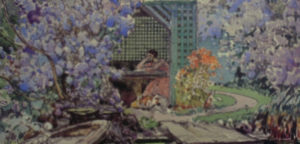
Studied at the Moscow School of Painting, Sculpture and Architecture
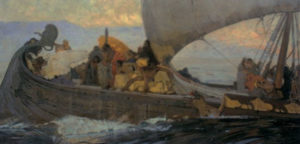
Entered the war painting workshop of the Academy of Arts
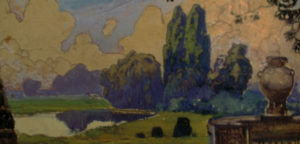
"The Hike of the Minoans"
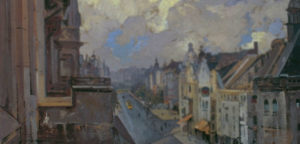
Participated in the creation of panorama "The Battle of Borodino"
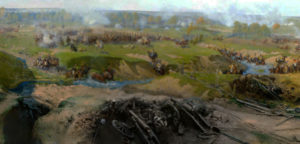
Lived in Pavlenky
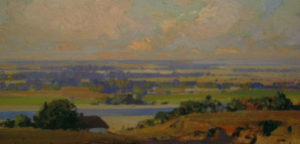
He left for the Crimea
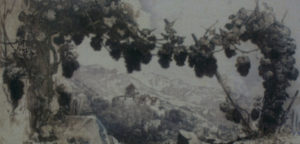
He spent three years in Moabit prison
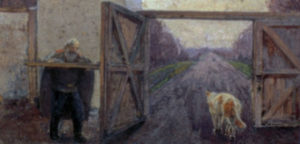
Ivan painted a portrait of Benito Mussolini
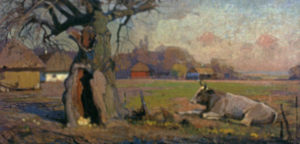
Ivan was arrested
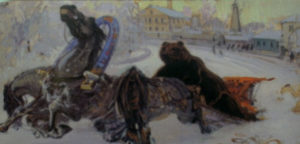
The artist died of liver sarcoma
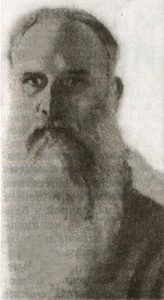
Ivan Myasoedov
On Artist
flow
Symbolism
friends
Fedor Krichevsky
Kuzma Petrov-Vodkin
Fedor Bogorodsky
Grigory Grigoryevich Myasoedov
artists
Nikolai Alekseevich Kasatkin
Vasily Nikolaevich Baksheev
Vladimir Egorovich Makovsky
Franz Alekseevich Roubaud
Vasily Mate
Alexander Alexandrovich Kiselev
By Artist
flow
Modern
friends
Vsevolod Maksimovich
